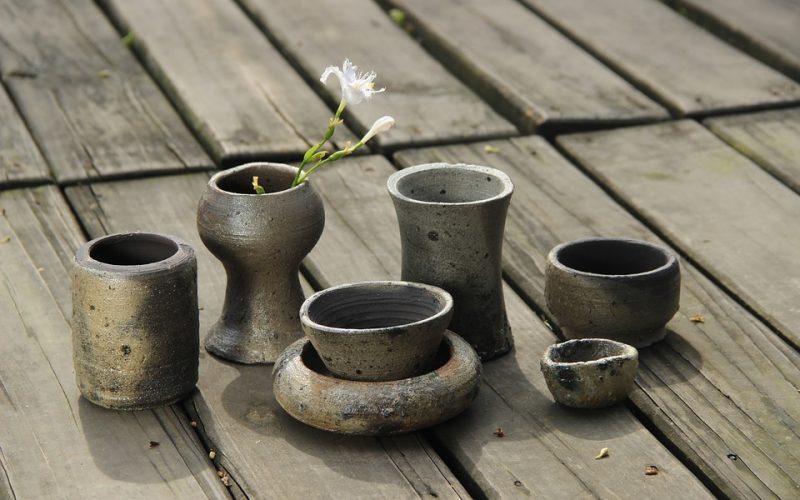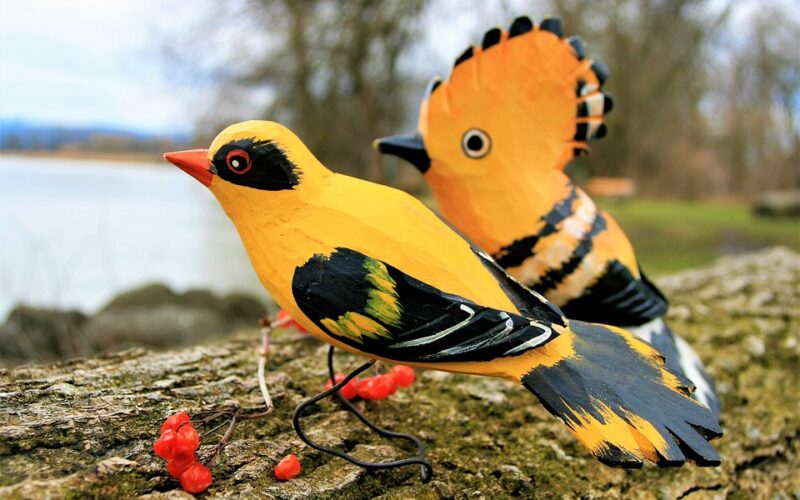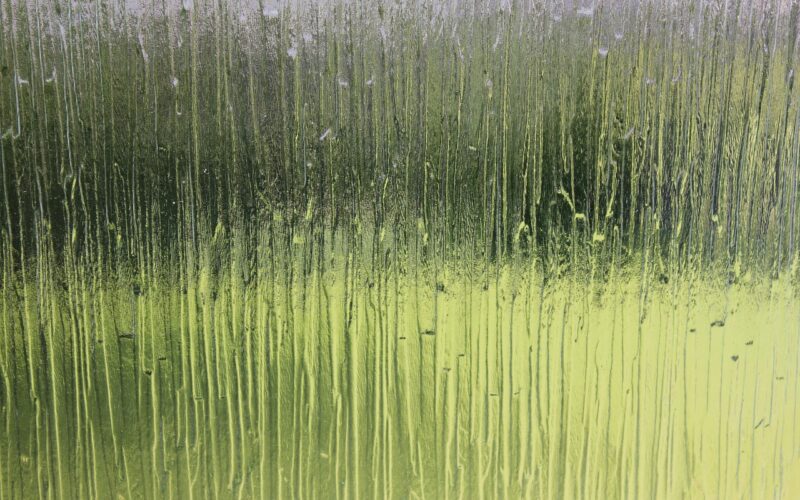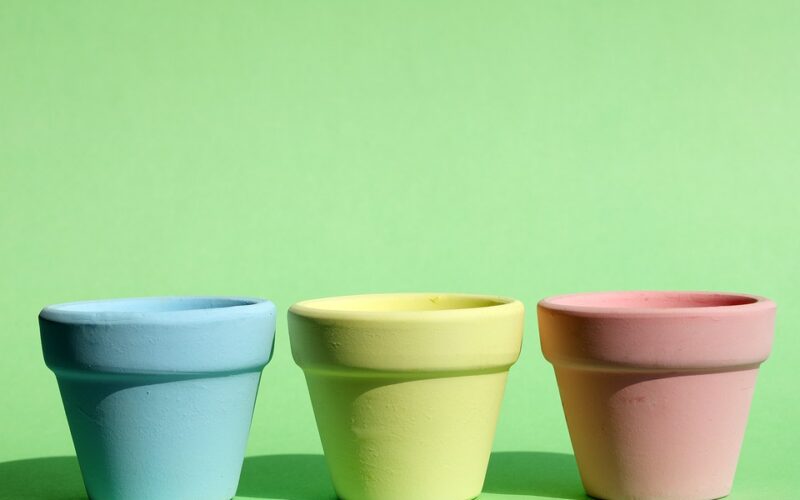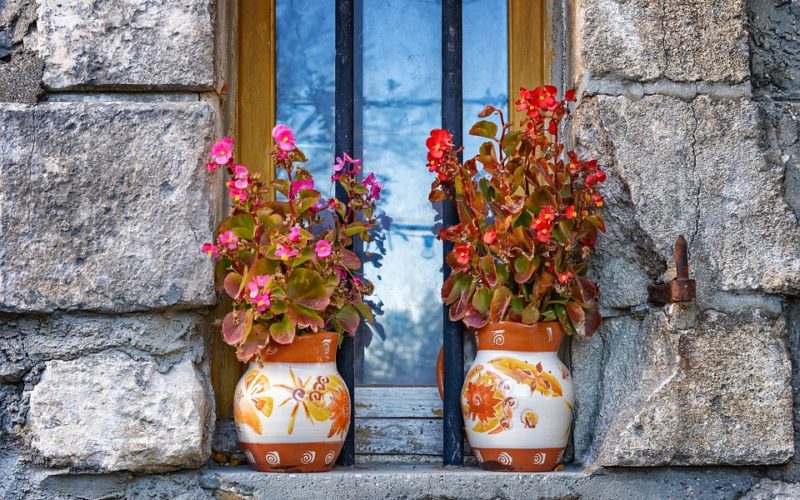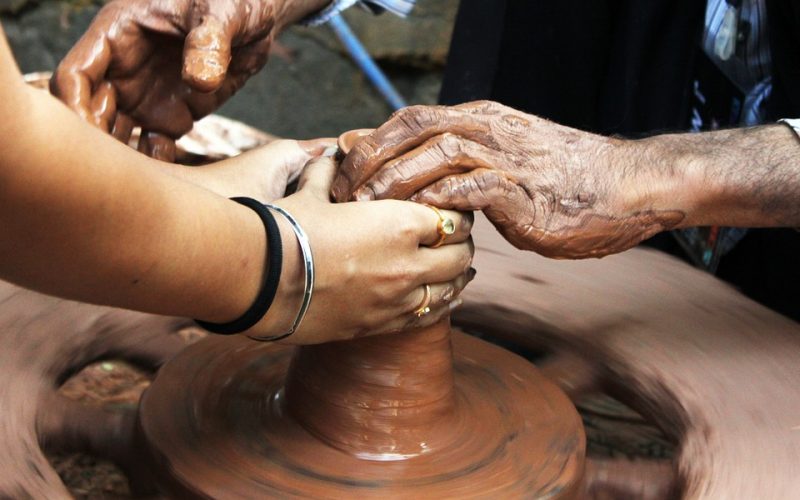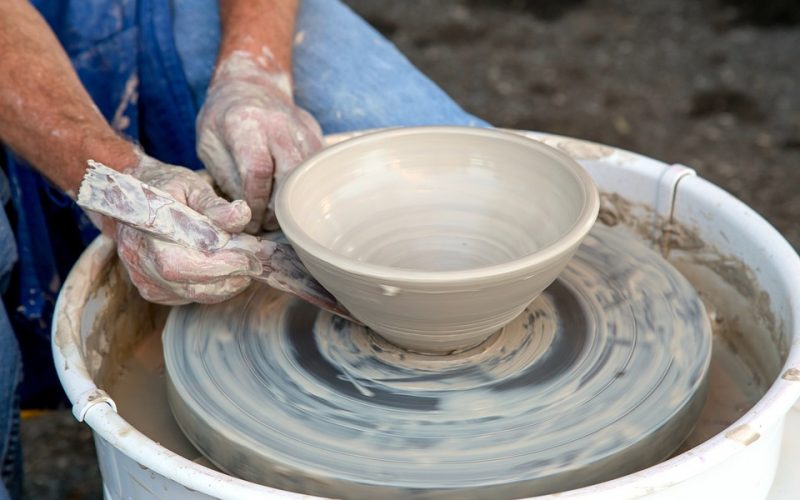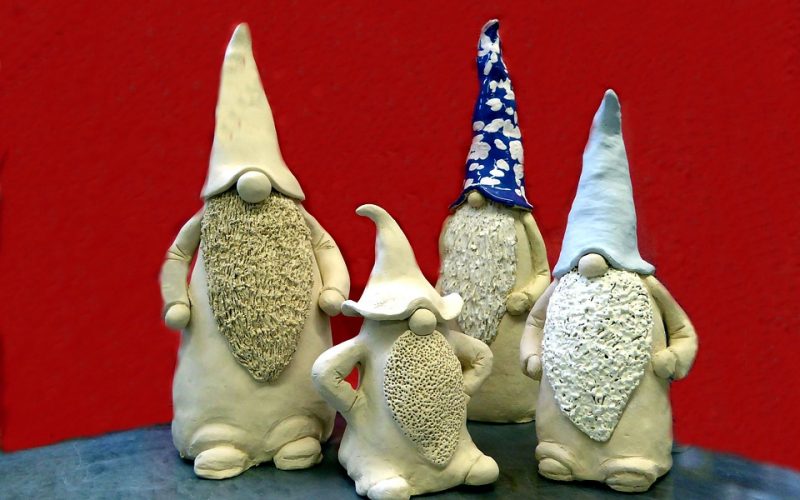The Art of Clay Pottery
Pottery vessels were an invention of ancient tribes of men. Clay is abundant in many areas, and it is easy to work. When mankind discovered fire, pottery left near it was hardened. The hardened clay vessels were more durable and fewer replacements were needed. This added more leisure time for those who worked to produce items made of clay. Experimentation eventually led to hotter fires and kilns. As time wore on, ancient men discovered how to decorate their pots and add glazes.
Addition of decorating pottery
The addition of decoration to pots helped define separate cultures. It gave each tribe a mode of cultural expression in the world. Some tribes had artists who excelled in their work and clay workers from other tribes came to learn their techniques. What started as a way to fill idle time and enjoy creating became a way to identify various cultures. This was the beginning of art in both pottery and ceramics. Pieces of this ancient art are still being found at dig sites today.
Pottery as a form of art
It has been many centuries since the founding of pottery and ceramic art. The world of modern man is fast paced and full of commitments. Fortunately, there is still time for the creation of beautiful art made with hydrous clay or kaolin. It is a hobby and a profession for those who excel. It provides joy and a sense of creativity as a leisure activity. Professionals practice their art and provide the world with a progression of creative ideas and new art forms through this medium.
Glazing pottery and it's role
Glazing has its role within the art forms of pottery and ceramics. Coating with glaze finishes a piece after decoration and helps preserve it for the future. Decorating ceramic and pottery pieces has become easier as graphic arts provide a means to print ceramic decals or ceramic transfers and apply them quickly so final glazing can occur. Advanced knowledge of kiln operation has made this art form more accessible to amateurs and artists alike. More pieces make it through the firing process now than in the first days that kilns were used. Science has provided modern kiln operators with the knowledge to understand how china clay is changed in the firing process. From ancient fires to modern kilns, pottery and ceramics continue to grow within the world of man.
